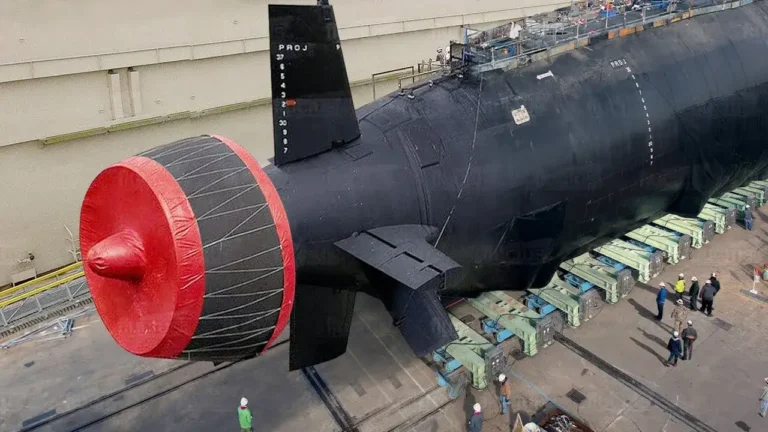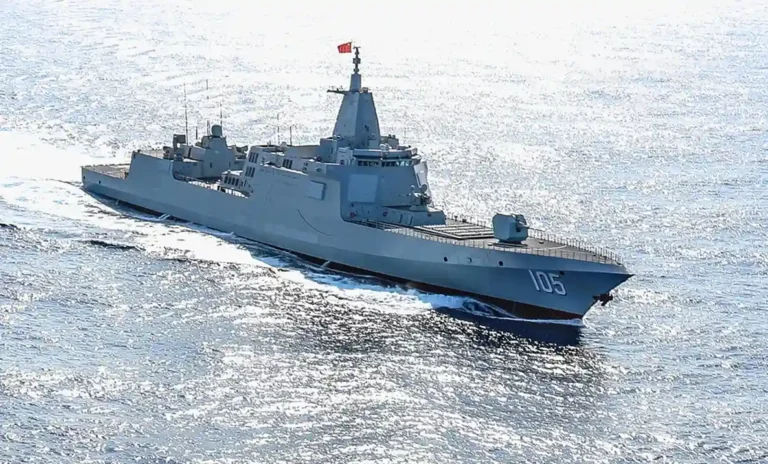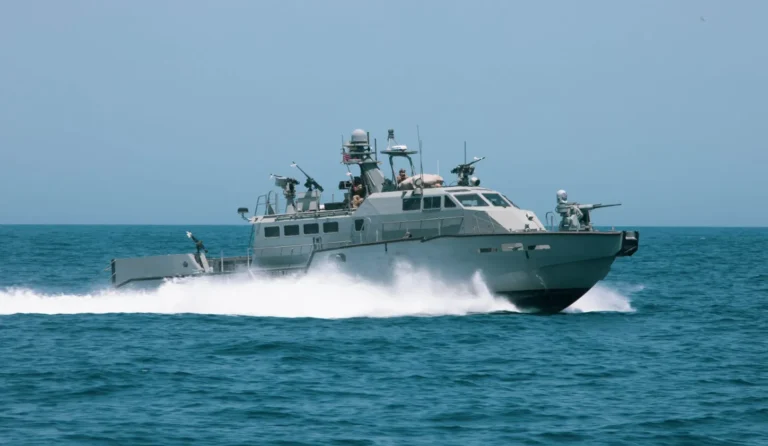Follow Us:
Share
Table of Contents:
Defense Feeds – As the United States Navy faces a crisis, it is too small to handle the operational expectations placed on it. Moreover, it is lagging behind China in terms of overall capacity, which is rapidly developing warships and submarines. It is noted that China is on track to have 425 combatants by 2030.
Meanwhile, the United States Navy is struggling to deploy enough vessels to meet all of its commitments.
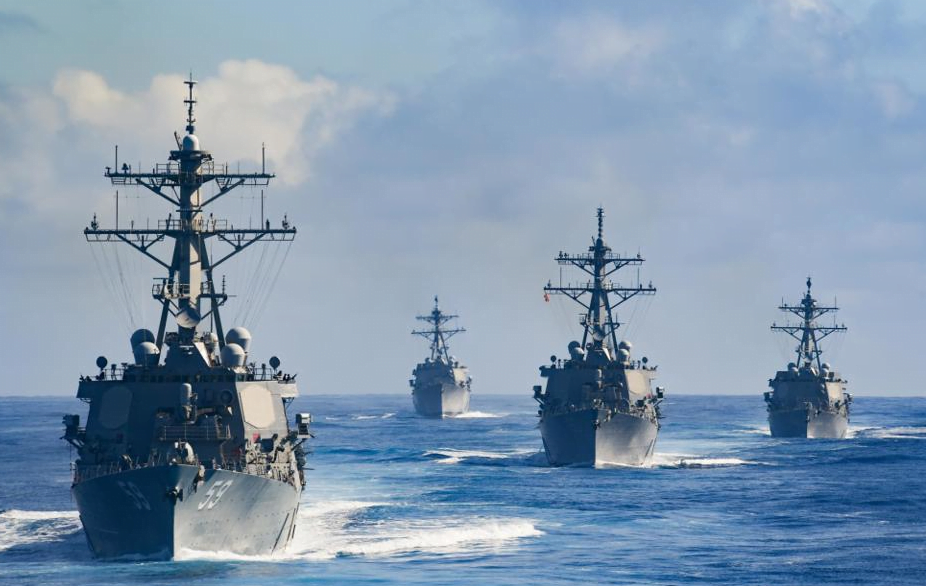
So, what is the best alternative for the U.S to shore up their fleet?
Definitely, the navy currently has only one option for rapidly and cost-effectively expanding its surface combatant fleet which is by accelerating the development of DDG 51 Arleigh Burke destroyer.
According the Congressional Research Service (2021), the US Navy requested to approve funding for the acquisition of three additional Arleigh Burke-class destroyers.
The planned procurement would take the number of ships in the DDG 51 class to 85. However, the main concern for Congress is whether to fund the procurement of one DDG-51, two DDG-51s, or some other number of DDG-51s.
Precisely, Congress confirmed that it was an affordability measure to request only one DDG-51 rather than two DDG-51s, in order to help the Navy stay within its budget top-line while fulfilling financial needs for other Navy programs.
The DDG-51 will receive $384.9 million in prior-year Economic Order Quantity (EOQ) financing under the Navy’s planned FY2022 budget, which is a sort of advance procurement (AP) funding that occurs under a multiyear procurement (MYP) contract.
Additionally, as quoted by Forbes, the legislators who preform considerable influence over shipbuilding priorities, are saying that they want to keep the Burke in production through 2030, to assure the Navy’s plans for a successor are feasible and affordable.
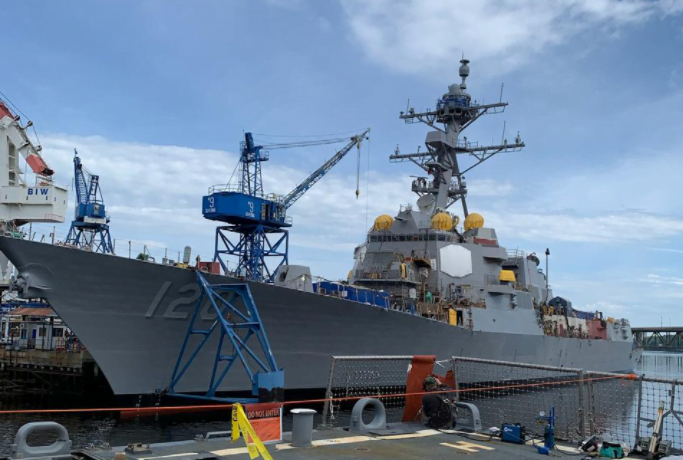
Another factor of massive development is due to its construction model. According to Adm. Gilday (Chief of Naval Operations), this class has a clean-sheet design, following the model of one of the most successful ship classes in modern history. He added that the idea of developing new destroyer come up with a new hull and placing updated technologies on that hull and modernize those capabilities over time.
Thus, the vessel’s capabilities have been progressively improved as new technology became available. Interestingly, the latest version can simultaneously undertake land attacks with long-range cruise missiles, antisubmarine warfare, sea control with anti-ship weapons, air and missile defense, and networked collection of reconnaissance.
As a result, the Navy today operates 62 Arleigh Burke vessels as the most fearsome surface combatants that is featured with its AN/SPY radar, Aegis Combat System, sophisticated sonar, enormous magazine for air and missile defence interceptors.
“The idea is placing a new hull but we put Aegis on it and placing known systems that were reliable and already fielded out in the fleet, and to call DDG Next to kind of right-size that is smaller than a Zumwalt but packing some heat nonetheless” That’s how Gilday closes his remark.
Lastly, the development of Arleigh Burke Class is also to avoid another cost failure, such as what happened to the cancelation of next-generation cruiser or severely truncated DDG-1000 program, the Navy is returning to its successful Arleigh Burke program, which has been the backbone of the Navy’s surface combatant program for the past 30 years.
Share
Defense Feeds
Defense Feeds is publication focusing on informing, engaging, and empowering the world by providing accurate information from defense technology.
Powered by Defense Feeds © 2025 – All rights reserved.

